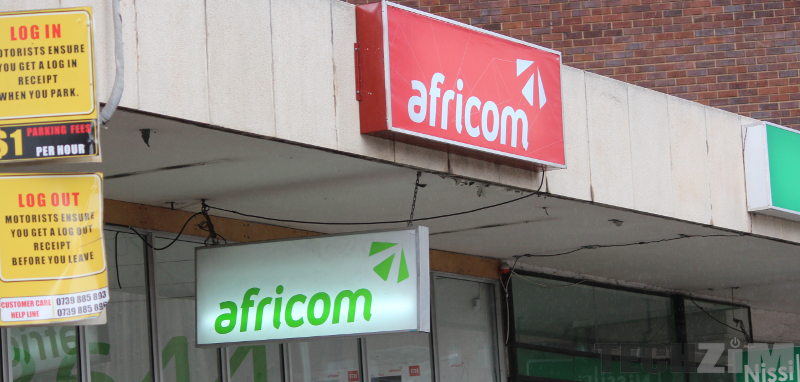The POTRAZ report has shown a reasonably big jump in fixed-line connections primarily attributed to new VoIP connections. VoIP is an internet-based landline that uses internet infrastructure for calls. It’s great because it’s quite scalable and more reliable than older landline technologies (PSTN).
VoIP gaining traction
PSTN line subscriptions grew by 0.5% in comparison to the 19.2% VoIP line subscriptions over the course of Q1. Over the course of the last 4 quarters, the biggest jump in VoIP subscriptions has been recorded between Q1 and Q2 of 2023.
Fixed internet providers are the ones offering VoIP services and Africom is currently the fixed network operator with a commanding market share at 51.6%. That is an 8.7% gain from Q1 and also enough to push Liquid Home to second place. Liquid Home lost a hefty 8.1% of VoIP market share, the biggest loss experienced by any operator in the quarter.
POTRAZ stated that the popularity of VoIP lines is primarily by corporates. VoIP is a more reliable technology than PSTN making it a more desirable choice for businesses. The challenges associated with PSTN include cost, downtime due to weather, stolen copper cables, and interference have resulted in them losing popularity amongst the business community.
Landine subscriptions still very poor
That said, landlines are still a very unpopular technology as can be seen by a fixed teledensity of just 1.99% in Q2 of 2023. Mobile communication is still the dominant technology for domestic use reducing the relevance of fixed lines to businesses.
When looking at traffic, the trend is a decline in the number of minutes spent on PSTN lines. The biggest growth has been international calls with a 62.5% increase in incoming international voice traffic and a 32.6% increase in international outgoing voice traffic.
Over the course of the past 4 quarters, the number of minutes on PSTN lines has been on a constant decline with a huge part of that being attributed to corporates switching to VoIP as well as other alternatives like mobile voice calls and OTT services. Such a trend will continue as new technologies that are both more affordable and more reliable begin to become prevalent.

11 comments
ah ok
True, Africom take advantage of thier handsets which are mobile and easy to move with it and also they offer cheap call munites bundles which valid for a month.
where can i get a cheap MUNITES bundle?
Fokofu, you heard what the guy wanted to say
OK, this may get weird but,
these new graphic presentations are very sexy. Literally got me **** .
Which Library did you use for the magic to conjure this Sorcery?
Yes it is weird😆😆
Lol WordPress plugin, just search for charts and it should be there
The writer of this article should have done a proper investigation. Africom is not a fixed interest provider my lad. They are only two licenced fixed telecoms providers TelOne and Telco
Classification of telecoms operators is dictated by the licence that the operator is issued by the regulator of that country. In Zimbabwe that is POTRAZ. POTRAZ classifies Africom as an internet access provider and not a mobile services provider. Kindly refer to page 6 of the 2022 POTRAZ annual report using the link below.
https://www.potraz.gov.zw/wp-content/uploads/2023/04/2022-Annual-Abridged-Sector-Performance-Report.pdf
In the Q2 telecoms report, metrics for Africom is classified under fixed network operators with 4 other players. Again a cassification by the regulator POTRAZ. You can refer to page 5 on the report using the link below.
https://www.potraz.gov.zw/wp-content/uploads/2023/09/2023-Second-Quarter-Abridged-Sector-Performance-Report.pdf
Yu did yo reaserch l never doubt yu sir.. yu vehemently denied Mr sparrow with ref.. l like that
Well done Africom. But you could have done even better with VoLTE, Cheap but high speed data, decals, sport, art, VOD, IPTV and Original programming; diversifying your revenues, gaining market share and giving EBITDA performance. Making your shareholder’s and customers happy.